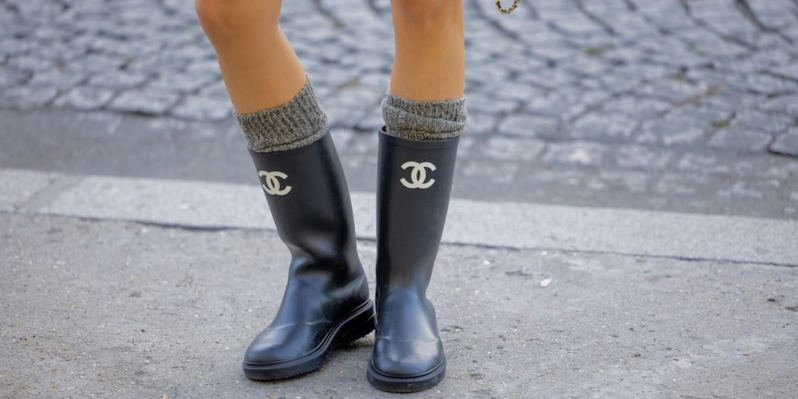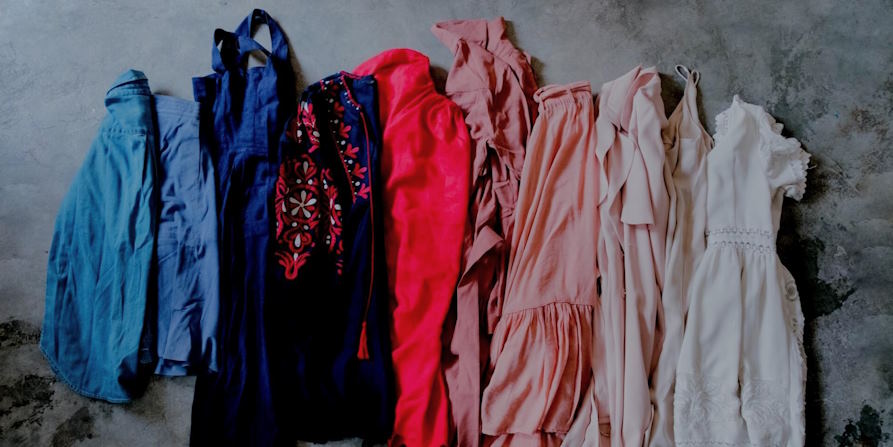
One of the fundamental principles of dressing well is adapting your attire to the weather. While staying stylish is essential, comfort and protection from the elements are equally crucial. This article underscores the significance of considering the weather when choosing your outfits and offers insights into preserving your style while remaining weather-appropriate.
Functionality Beyond Comfort
Weather-appropriate attire isn’t limited to merely keeping you comfortable. It’s about functionality in the face of the elements. In extreme heat, it shields you from the sun’s harmful rays and helps regulate your body temperature. During cold spells, it traps warmth and insulates you from the biting chill. When rain or snow descends, it keeps you dry and prevents the discomfort of soggy clothing.
Whether it’s scorching sun, biting cold, heavy rain, or swirling snowflakes, the right attire ensures you can go about your daily activities unhindered by the weather’s capriciousness.
This functionality translates into more than just comfort; you can stay productive, safe, and healthy.
In extreme weather conditions, failing to dress appropriately can result in discomfort, illness, or even more severe health issues. Weather-appropriate clothing is a barrier between you and the elements, safeguarding your well-being.

Dressing for Different Weather Conditions
Cold Weather
- A high-quality winter coat is a must-have. Look for one that’s insulated, windproof, and water-resistant to keep you warm and dry.
- Layering is an effective way to stay warm. Combine thermal tops with sweaters, and add a scarf for extra warmth.
- Boots with insulation keep your feet warm and dry. Look for non-slip soles to prevent accidents on icy surfaces.
Hot Weather
- Opt for lightweight, breathable fabrics like cotton and linen. They allow air circulation and help keep you cool.
- Choose loose, comfortable clothing to allow heat to escape from your body. Avoid tight-fitting outfits that trap heat.
- Protect yourself from the sun with wide-brimmed hats and sunglasses. Sunscreen is a must, especially during the summer months.
Rainy Weather
- Invest in a waterproof jacket or coat. Make sure it has sealed seams and a hood to keep you dry.
- Carry a compact, high-quality umbrella for unexpected rain showers. Look for wind-resistant features.
- Boots or shoes from waterproof materials can dry your feet. Consider carrying a spare pair of shoes for the office.
Transitional Seasons
- In these seasons, layering is key. Start with a lightweight base and add a cardigan or jacket that can be removed as the day warms up.
- Scarves, shawls, and lightweight jackets can be handy for adding or removing layers as needed.
- Consider shoes or boots suitable for wet and dry conditions.



